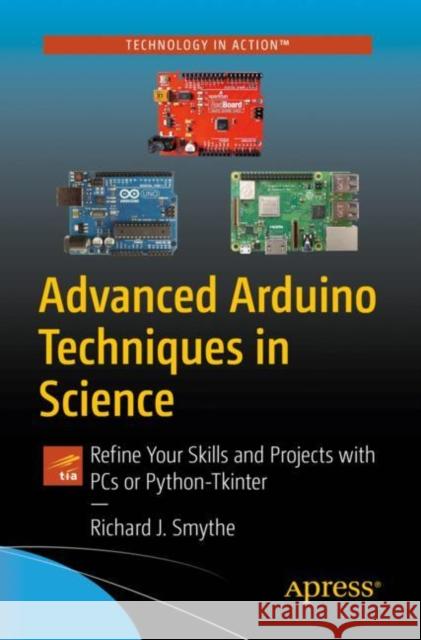Advanced Arduino Techniques in Science: Refine Your Skills and Projects with PCs or Python-Tkinter » książka
topmenu
Advanced Arduino Techniques in Science: Refine Your Skills and Projects with PCs or Python-Tkinter
ISBN-13: 9781484267868 / Angielski / Miękka / 2021 / 279 str.
Kategorie:
Kategorie BISAC:
Wydawca:
Springer-Verlag Berlin and Heidelberg GmbH &
Język:
Angielski
ISBN-13:
9781484267868
Rok wydania:
2021
Wydanie:
2021
Ilość stron:
279
Waga:
0.44 kg
Wymiary:
23.39 x 15.6 x 1.68
Oprawa:
Miękka
Wolumenów:
01
Dodatkowe informacje:
Wydanie ilustrowane











